The Spanish-American musician speaks about the upcoming premiere of her cello concerto, MIRAGE, a work that encapsulates her duality as cellist and composer, along with her cultural identity
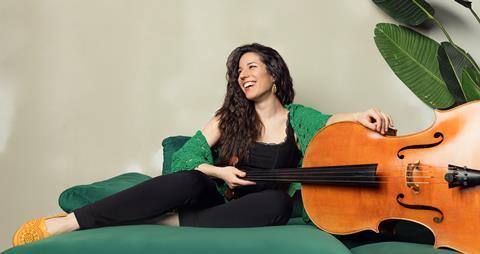
Discover more Featured Stories like this in The Strad Playing Hub
Growing up with minimal financial resources proved both a blessing and a curse. In some ways, it was extremely stressful; in others, I count myself among the most fortunate. Those circumstances taught me resourcefulness, diligence, appreciation for every opportunity, and clarity about what truly matters. The memory of my parents’ superhuman efforts to nurture my musical dreams continues to give me courage.
At 18, I left everything familiar—my language, my home—for the United States. Now, 18 years later, I recognise that half my life has unfolded in duality. Only recently have I embraced—even come to love—the American half of my identity. I’ve learnt to welcome moments of feeling misunderstood, misplaced, confused, or exhausted, converting them into gratitude for the many who have cared, supported, respected, and listened. Their presence has been indispensable.
This cultural duality mirrors another in my professional life, that of cellist and composer. For years, my cellist identity stood prominently visible while my composer self remained private. A decade ago, I doubted anyone would ever care to hear my compositions. A few did—I will never forget them. Today, I live gratefully in both worlds, cherishing the moments when they intertwine.
This past year brought one such moment—I finally recorded an album featuring my piece SEVEN for solo cello, which culminated in a 2025 Grammy nomination. SEVEN has become central to my dual identity, traveling far beyond its humble origins in a Manhattan apartment. Since the Carnegie Hall premiere in 2021 by its commissioner Tommy Mesa, SEVEN has been performed in 36 countries. When I composed it, I never imagined such a reception. I remain profoundly grateful to everyone who has championed it.
Soon I will perform my own Concerto for Cello and Orchestra, MIRAGE—a work in constant evolution for the past decade. Written across three cities—Los Angeles, New York, and Chicago—the concerto embodies an extraordinary journey, reflecting all of the fears, excitement, beauty, loss, transformation, acceptance, and growth. In 2024, I expanded it for the Charlotte Symphony Orchestra; we will premiere this new version on 25 and 26 April with conductor Christopher James Lees.
The first movement, Mirage, evokes desert landscapes where music fluctuates between disorientation and a delirious, fierce dance. Scored for solo cello, strings and percussion, I composed this movement a decade ago while living in Los Angeles.
The second movement, Mensajes del agua (’Messages from water’), offers a contrasting, intimate oasis of contemplation. Written in 2019 during my New York years, this movement provides a moment of renewal through unusual simplicity—scored only for cello and piano, defying concerto conventions. Its inspiration comes from the delicate perfection found in unpolluted frozen water, dedicated to Maria de Macedo, one of my beloved cello mentors who gifted me Masaru Emoto’s book Messages in Water as I transitioned to the United States. The book’s essence helped navigate my early years here, transforming challenges into strength and creative purpose.
The third movement, completed in Chicago in 2024, introduces percussive, time-driven elements. Bongos take an essential role, interacting with the cello and evoking a sense of duality. As the movement progresses, winds join for a thrilling dialogue between solo cello and orchestra, breaking the previous calm and marking a pivotal transformation.
The liberating Cadencia leads into the final movement, Marcha—the concerto’s most expansive and stirring section. Here, the cello ascends, blending intensity with accumulated wisdom to reach a triumphant summit. I completed this final movement a few months ago in Chicago.
One of this concerto’s most distinctive features has been its ’choose-your-own-ending’ concept, with each finale tailored to different programmes. We premiered the first version in 2019 with conductor Rubén Fernández at Madrid’s National Auditorium. The second debuted in 2021 with the Indianapolis Symphony Orchestra, featuring cellist Tommy Mesa and maestro Jacob Joyce, paired with John Williams’ music. The upcoming Charlotte Symphony premiere represents the first official performance of the third version, expanded into four movements with a completely new conclusion. MIRAGE Cello Concerto will be paired with Manuel de Falla’s El Sombrero de Tres Picos and Claude Debussy’s La Mer.
For this performance, I’ve abandoned the choose-your-own-ending option—perhaps because, for the first time, I feel this is the definitive version of the concerto.
Time will tell.
Andrea Casarrubios will perform MIRAGE Concerto for Cello and Orchestra with the Charlotte Symphony Orchestra conducted by Christopher James Lees on Saturday 26 April 7:30PM. Find out more here.
Read: Owls takes flight with debut album ‘Rare Birds’
Discover more Featured Stories like this in The Strad Playing Hub
The number one source for playing and teaching books, guides, CDs, calendars and back issues of the magazine.
In The Best of Technique you’ll discover the top playing tips of the world’s leading string players and teachers. It’s packed full of exercises for students, plus examples from the standard repertoire to show you how to integrate the technique into your playing.
The Strad’s Masterclass series brings together the finest string players with some of the greatest string works ever written. Always one of our most popular sections, Masterclass has been an invaluable aid to aspiring soloists, chamber musicians and string teachers since the 1990s.
The Canada Council of the Arts’ Musical Instrument Bank is 40 years old in 2025. This year’s calendar celebrates some its treasures, including four instruments by Antonio Stradivari and priceless works by Montagnana, Gagliano, Pressenda and David Tecchler.

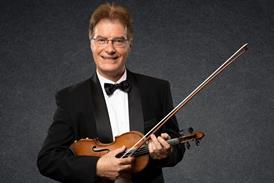
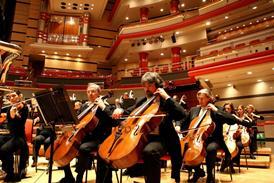
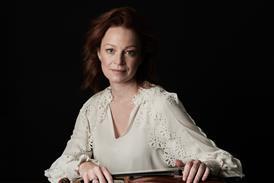
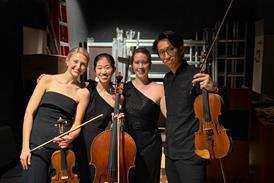
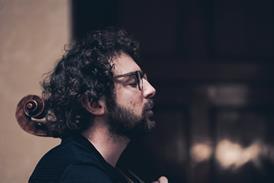
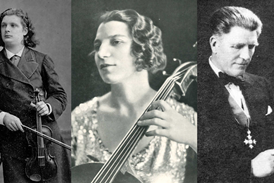


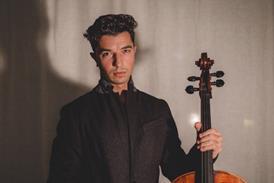
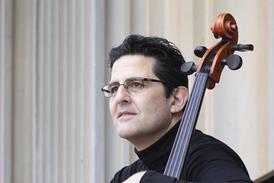
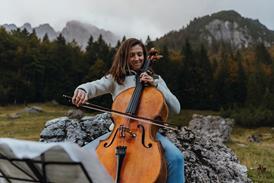

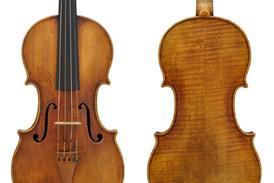
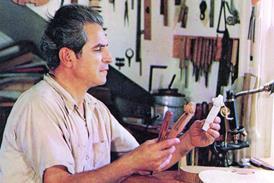
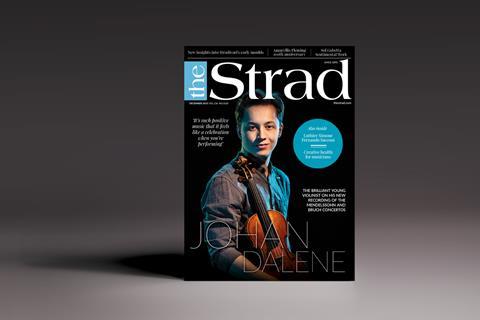
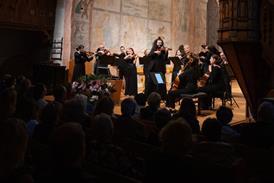

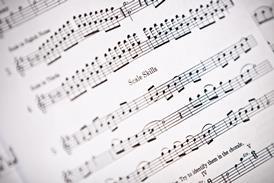
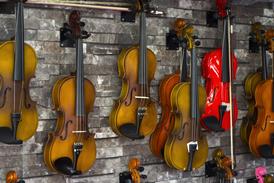

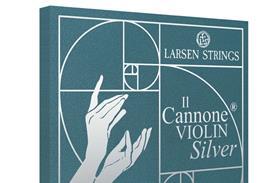
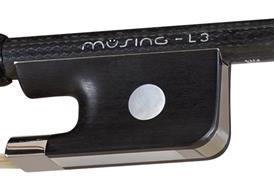
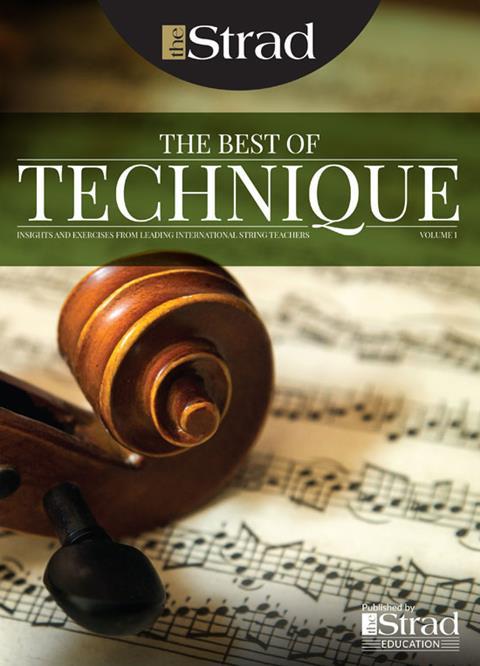
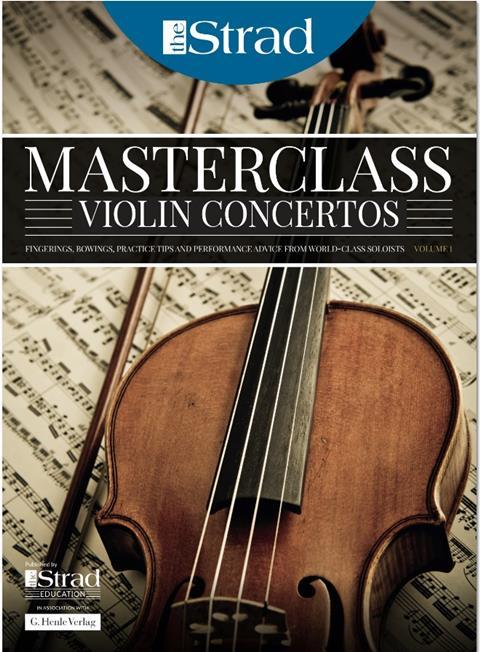
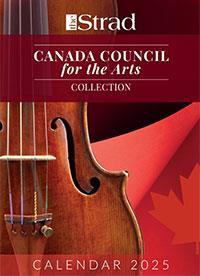
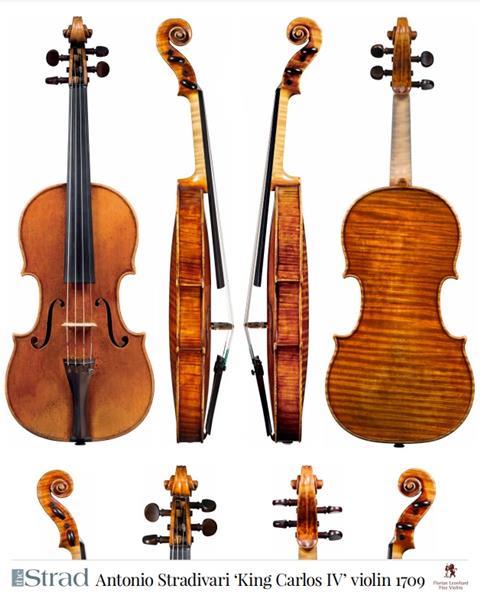
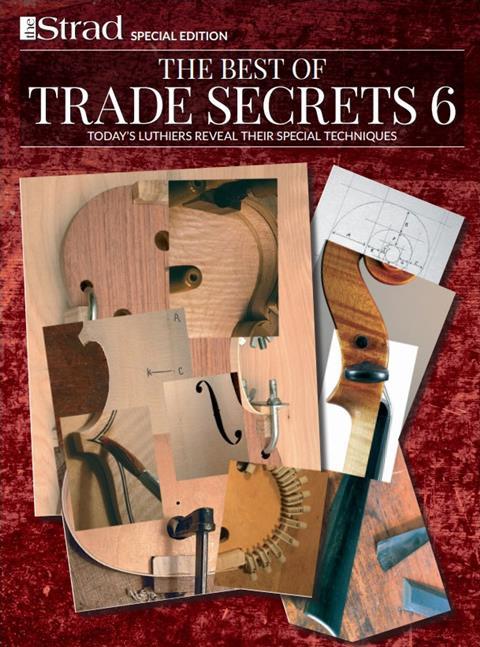
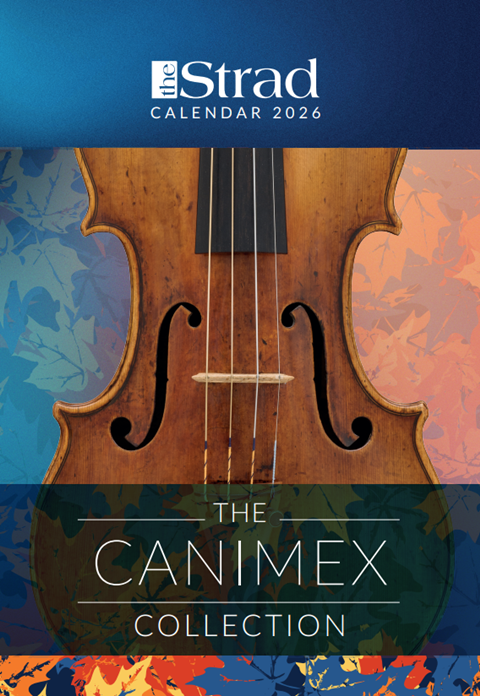
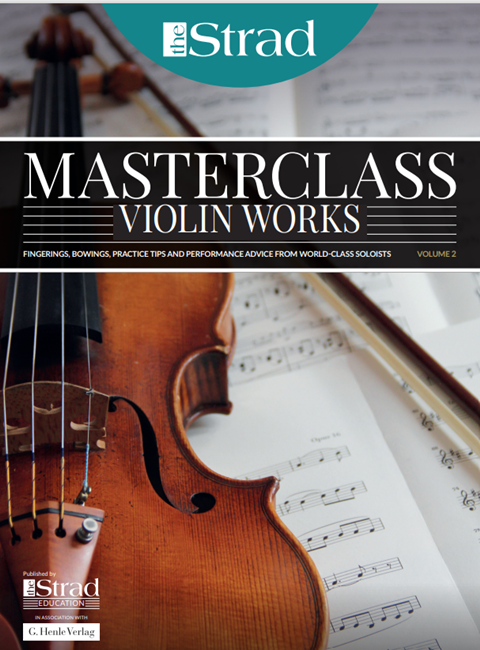
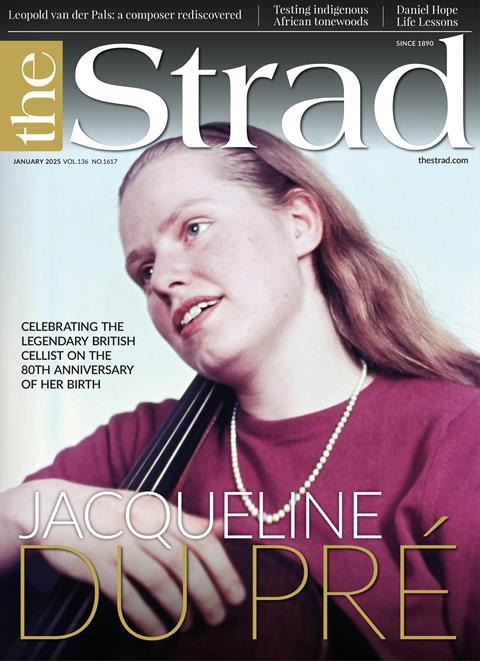
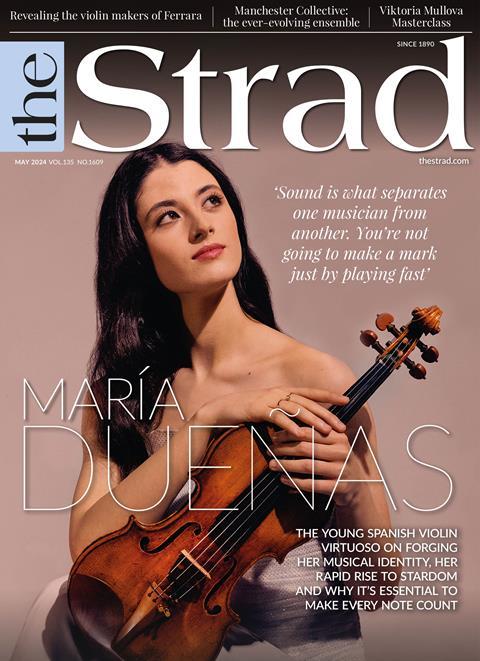
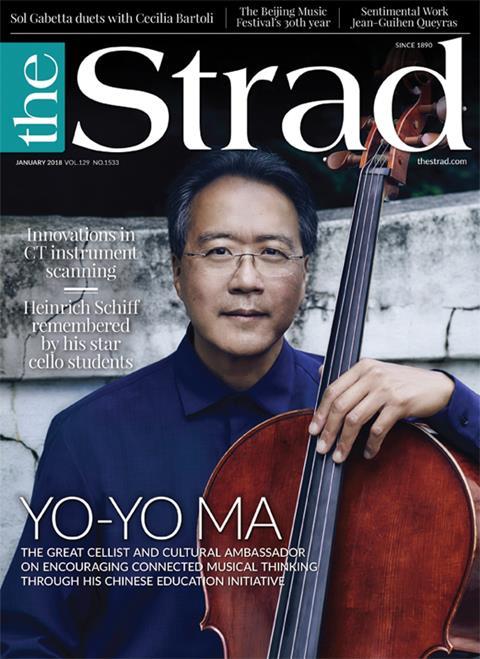












No comments yet